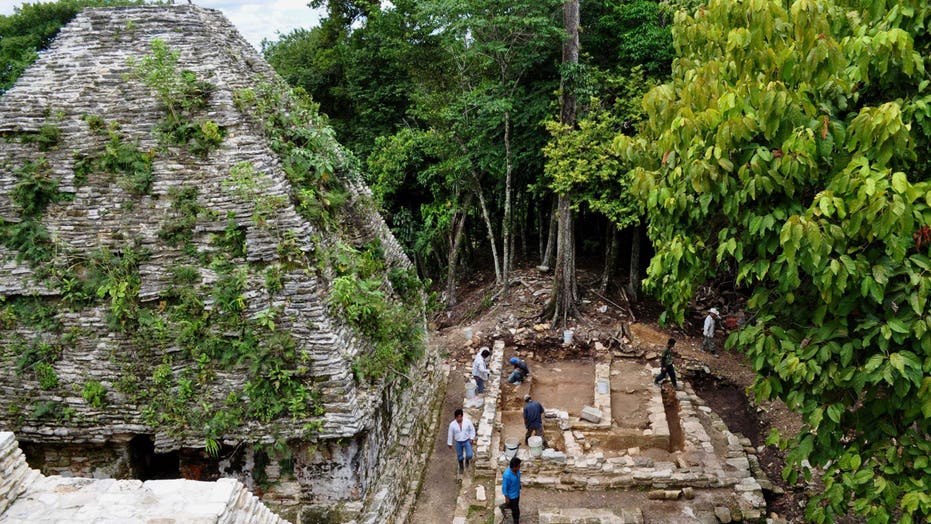With a name like the Midnight Terror Cave, it's no wonder that one British tabloid decided to get creative and turn a Mayan archaeological site into the location of a shadowy, pre-Columbian child-trafficking ring.
Scientists and the media in the Central American nation of Belize, however, are calling out the Daily Mail in the U.K. for a story they ran in which they claimed that "Children were trafficked from hundreds of miles away to be sacrificed to the gods."
Citing an article in Collector's Weekly, an antiques website, the British paper said that teeth discovered among the thousands of human bones in the Midnight Terror Cave all belonged to children aged between 6 and 14. A chemical analysis taken of the teeth revealed that many of the children were not from the Cayo district, where the cave is located – giving credence to the idea that, "They may have been brought to the area en masse."
Located to the south of Belmopan near the Mennonite community of Springfield in Belize, the Midnight Terror Cave was discovered in 2006, and in 2010 scientists and students from California State University completed a study of the cave network.
The allegations of child trafficking seem to stem from comments made by one of the students working on the site, Samanatha Lorenz, who – given the data accrued from the analysis of the teeth – theorized that the children must have been brought to the cave from far off for the purpose of ritual sacrifice.
"No one's from Belize," Lorenz said in Collector's Weekly. "So that means we have this population of children that was brought in from somewhere else for the purpose of sacrifice. Were these children taken? Were they sold? Were they voluntarily given up? Were they orphans? There are a lot of different things we need to look into. And because there are so many of them all coming from the same region, then you have to look at whether there was a trade network, essentially a human-trafficking network, in children."
Lorenz's theory, however, is challenged by a number of scientists – including archeologists from the both the U.K. and Belize – who argue that a lot more research needs to be done to actually prove that a human trafficking ring was at work. And even if it was, it is hard to speak of it in today's socially-charged terminology.
"To take the data and speak of ‘children trafficking' is misleading at best and warrants more in depth research," John Morris, director of the Institute of Archaeology told News Belize. "The fact that this has not been published in a peer review journal suggests that the ideas presented are speculative."
The Collector's Weekly article also quoted James Doyle, an assistant curator at the Metropolitan Museum of Art's Department of the Arts of Africa in New York City, who backed up Morris' assertion. The Daily Mail did include a quote from Doyle in one of the last paragraphs in its story.
"I would very much hesitate to apply modern terms, such as 'human trafficking,' to these ancient rituals; it is a vastly different context and we can only hazard a guess as to the motivations for ancient peoples moving on the landscape," Doyle said. "From my understanding, if they found strontium isotopes that differed from that of the region near the cave, it would only imply that the children were born and grew up elsewhere, and they very much could have migrated to the area before their remains ended up in the cave."

